- Home
- Richard Dorrance
The Lost Ballet Page 3
The Lost Ballet Read online
Page 3
Chapter 3 – The Second Secret Compartment
It was clear Stravinsky had received the letter and articles Diaghilev had sent him in January 1914. It also was clear he never sent the letter he had written to Diaghilev in July 1914. Helstof said, “So the mystery is, why didn’t Stravinsky send the letter he wrote to Diaghilev, and why did he put these papers in the secret compartment of the desk in Saint Petersburg?”
The eight friends sat in the living room and pondered on the question. Roger closed his eyes, which Gwen knew was a sign he had kicked his brain into high gear. He repeated Helstof’s question, and focused on the “secret compartment” phrase. Why did the desk have a secret compartment? Why have desks throughout history and around the world had secret compartments? Simple. To hide stuff. Roger opened his eyes and looked across the eighty feet of living room space at the desk. Like most desks, it was symmetrical: one drawer in the center, and one on each side. Symmetry. Symmetry. One drawer on each side. One secret compartment on the left side. So….
He got up, went over to the desk, and stared at it. Gwen knew something was up. Roger had a special skill, a special intuitive characteristic called the Divvy Sense. A Divvy is a person who can sense the presence of a work of art, even when they are not looking at it. If an antique or painting or piece of silver is near them, they feel it. And, Divvys can sense fake works of art; even very good fakes. Roger had employed this special skill when the team was stealing stuff from the Hermitage Museum warehouses. He turned it on now, looking at the desk with the secret compartment on the left side. He stared at the right side. Bong, bong, the Divvy Sense spoke.
Roger said, “Henric, did you look at the other side of the desk?”
Henric stood up and said, “No.” He walked across the room, picked up a flashlight, and sat on the floor in front of the desk. He shined the light at the right side wall panel, and saw a latch at the top, just like the latch on the left side. He turned first to Roger, and then to the others. “Another compartment.” He turned the latch and lowered the panel to the floor. Inside the compartment was a very large paper document, not at all like a letter or newspaper article. It measured about twenty inches from left to right, fifteen inches from top to bottom, and more than an inch thick. A faint musty smell drifted first to Henric’s nose, and then to Roger’s. Henric took it out of the compartment and handed it to Roger. He raised the panel, turned the latch again, and stood up. Together they walked back to where the others sat and watched. Gwen moved the letters and articles, and Roger set the large document on the coffee table. Everyone looked at it, wondering, smelling the old paper. There was no writing, no markings of any kind, on the outside.
Roger looked at Helstof and said, “Go ahead, it’s yours.”
Helstof opened the document by turning the first page, and saw something she never had seen before. A musical score. Bars and clefs and notes and measures. Musical notation. She had seen this before on television, and in movies, but never the real thing, in front of her like this. Across the top, written in pencil by hand, in Russian, was, four dances for Ballets Russes, 1914, IS. Below that began the staffs of standard printed musical notation. And on the printed staffs were notes and other symbols, written in pencil. Surrounding the staffs on all sides were handwritten notes, jammed wherever there was a little blank space on the page. Quickly Helstof read all the notes on the first two pages. Then she sat back in her chair and looked at the others.
“It’s a story. The beginning of a story. The notes say a girl is lying in bed at night, dreaming about a family of crows she had seen in a field that day, the birds flying around, shrieking at each other, playing. There are to be two male dancers and two female dancers, dressed in black, that represent the crows. It says courante; I don’t know what that means. And expressivo. That’s what’s on these pages.”
Selgey and Bart looked at each other, then at the Ps. The four dancers knew what courante and expressivo mean, and they knew about the Ballets Russes. And because of the other items Henric had found in the first compartment, they knew what this document was. It was the score Stravinsky had mentioned in the letter to Diaghilev. It was a lost ballet.

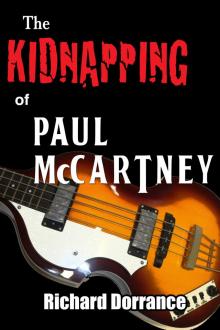 The Kidnapping of Paul McCartney
The Kidnapping of Paul McCartney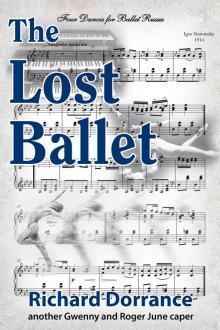 The Lost Ballet
The Lost Ballet The Ayatollah's Money
The Ayatollah's Money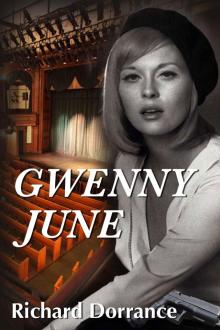 Gwenny June
Gwenny June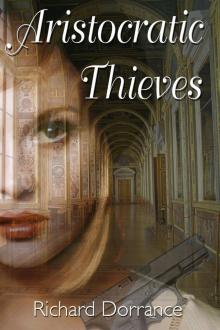 Aristocratic Thieves
Aristocratic Thieves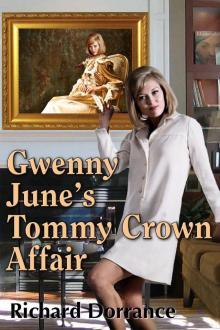 Gwenny June's Tommy Crown Affair
Gwenny June's Tommy Crown Affair